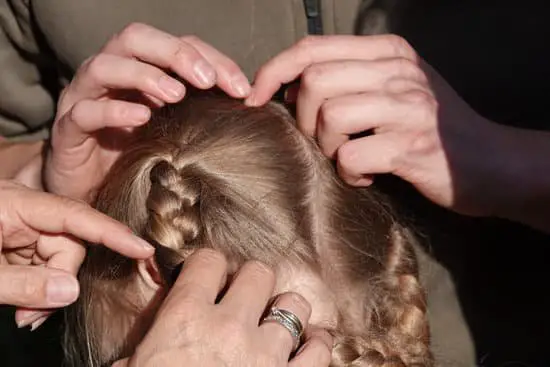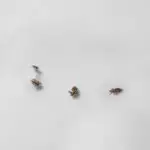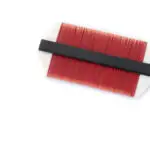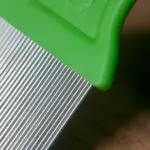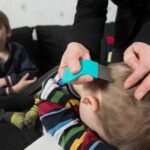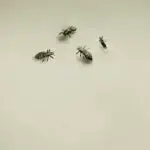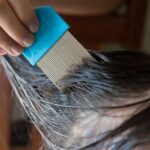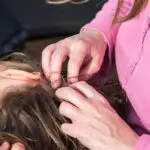How Head Lice Are Born
If you’re wondering how head lice are born, you’re not alone. Lice are parasitic insects that live on human scalps. Adult lice need to feed on human blood several times a day to survive. They reproduce by feeding off human blood in the form of eggs. Adult head lice are transmitted to other humans through direct contact. Poor hygiene is not the main cause of head lice.
The life cycle of head lice is approximately 35 days. The first stage of head lice reproduction is the nymph stage. During this stage, the eggs are very tiny. On the second or third day, they become visible. They are oval in shape and brown or tan in color. The next stage is for the adult lice to lay more eggs.
In addition to direct head-to-head contact, head lice can be spread by sharing clothing or belongings with infested persons. The eggs are attached to the shed hairs, which are easily transferred. Although the risk of becoming infested with a louse through clothing or hair is low, it is still best to avoid sharing headgear with other people.
Scientists have studied the DNA of head lice to trace their ancestry. Using DNA from mitochondria of head lice cells, they were able to pinpoint the common lineage where Clades A and B split from Clade C around 800,000 to one million years ago. The scientists believe that head lice can offer important information about human evolution. Because they feed on human blood and live on human hosts, their DNA is relatively pure and thus can be traced to human evolution.
